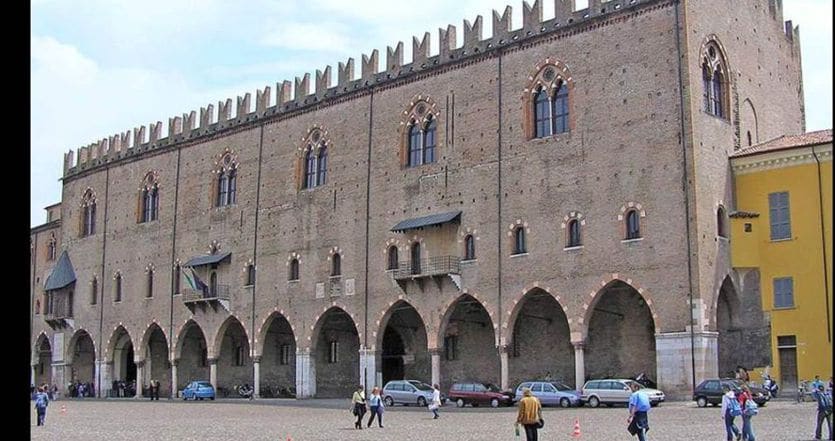GDP is recovering, driving the restart of Italy in the industrial districts that looks to the second half of 2021 to achieve the expected return to pre-pandemic production levels or, at least, to get closer to 2019 revenues. “The real turning point will come in the summer months, with the third and fourth quarters, and at the end of the year it will reach + 3.7% of GDP – explains Gregorio De Felice, Intesa Sanpaolo chief economist during the presentation of the thirteenth edition of the Economic and Finance Report of the industrial districts -. We will then have the peak in 2022 ». As regards the aggregate of districts, revenues at the end of the year will mark + 11.8% after an estimated decrease of 12.2% in 2020. There will remain a gap of around 3% compared to 2019. The sector with the greatest suffering is that of the fashion system which with a -13.2% this year will not be able to recover the pre-pandemic values. For metal products and mechanics, the maximum loss will be 2% thanks to increases in turnover of just over 12%. The food and beverage supply chains together with wood-furniture prove to be the best set up thanks to the new consumption and work models brought about by the virus. “The districts are a spearhead of Italian manufacturing and the businesses in the districts are doing better than the others” underlines De Felice. In the harsh 2020, 25% of companies had negative margins but the better capitalization and liquidity made it possible to offset the losses. They were the two cornerstones that made it possible to overcome the negative cycle with respect to companies that are not part of a district.
Operating in a supply chain context also allows for much more innovation, exports and foreign investments. The incidence of allocations for ICT and research and development on the total purchases of goods and services increased, in particular for mechanical engineering companies.
Loading…
Almost 73 European patent applications per cent compared to fifty of the “other” companies, almost two thirds export against 53%, while 28% of the businesses in the districts have already traveled the path of direct foreign investment against an average of 17.6%. A greater environmental awareness is gaining ground mainly with the self-production of renewable energy but the patents linked to the environment, such as, for example, those for machinery with reduced energy consumption, have more than doubled in twenty years. It accelerates the speed with which digital solutions are adopted in the field of production processes and logistics, e-commerce and online marketing, smart working. It is that flywheel effect of operating in a long-term perspective in a proximity supply chain, in a network of suppliers for the lead company.
A fabric that attracts foreign investments as is the case for the Florentine leather goods network or the Brenta footwear district where a high share of revenues is attributable to the plants and laboratories that work for foreign luxury multinationals. “The districts are rich in businesses and relationships and in 2020 there was a huge supply problem – remembers Fabrizio Guelpa, Industry & Banking Manager of Intesa Sanpaolo’s Studies and Research Department -. The companies have managed to find solutions to deal with the problems caused by the pandemic ». The component procurement models were rethought with the search for local suppliers, diversifying sources and strengthening the warehouse. A booster to the development of the supply chains will come with the NRR and Intesa Sanpaolo is ready to make over 400 billion available. This was announced by Carlo Messina, CEO of the institute. Thus the district supply chains will continue to represent an essential asset of the Italian productive fabric. “It is therefore necessary to invest in companies and supply chains and the only real engine to accelerate and bring deposits into the production sector is represented by the National Recovery and Resilience Plan (Pnrr)” concludes the CEO.
